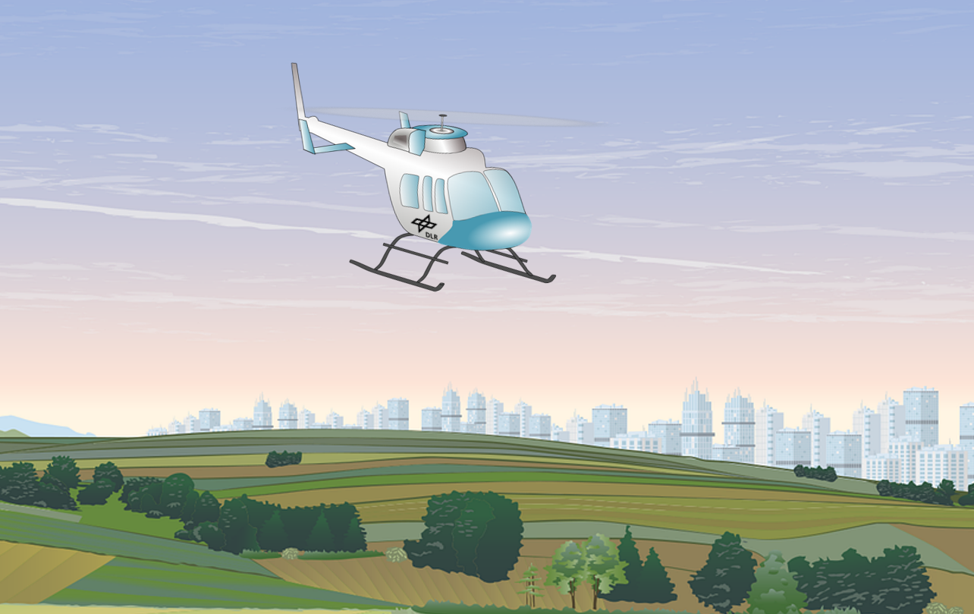QuaFluGrav

Within the QuaFluGrav - Quantum Aerogravimeter project, DLR is developing an airborne quantum gravimeter. The gravimeter is based on the interference of ultracold atoms and is characterized by a particularly high stability of the gravimeter measurement, which will be exploited for the production of high-quality gravimetric maps.
The Earth's gravity field, measured by gravimetry, provides central information for geosciences, for the search for raw material deposits, for urban and landscape planning, archaeology or hydrology. Especially in inaccessible areas such as deserts, swamps or arctic regions, the method of aero-gravimetry, i.e. data from aerial gravimetric surveys, is often used during an initial prospecting phase in order to efficiently identify potential areas in advance for subsequent cost-intensive exploration measures such as drilling.
However, current conventional approaches for aero-gravimetric determination of the gravity field have their limitations. Among other things, the conventional inertial sensors used exhibit high drift, limited spatial resolving power, and intrinsic filtering with high time constants resulting in phase shift errors. These limitations can be overcome by using absolute quantum gravimeters, which are already superior to most conventional sensors in both stability and accuracy. This principle of absolute quantum gravimetry proposed here has been demonstrated many times in the laboratory and ground-based measurement campaigns.
The project QuaFluGrav – Quantum Aerogravimeter aims at the construction of a airborne quantum gravimeter by the project contributors Institute for Satellite Geodesy and Inertial Sensing, Institute of Quantum Technologies, DLR facility Flight Experiments and Systemhaus Technik. The gravimeter will at first be tested on the ground. Intermediate goal is the gravimeters application for measurement campaigns, for example in the fields of geology, archaeology, urban engineering, landscaping or hydrology.
Project participants
German Aerospace Center
- Institute for Satellite Geodesy and Inertial Sensing (Hannover)
- DLR facility Flight Experiments (Braunschweig)
- Institute of Quantum Technologies (Ulm)
- Systemhaus Technik (Göttingen)
